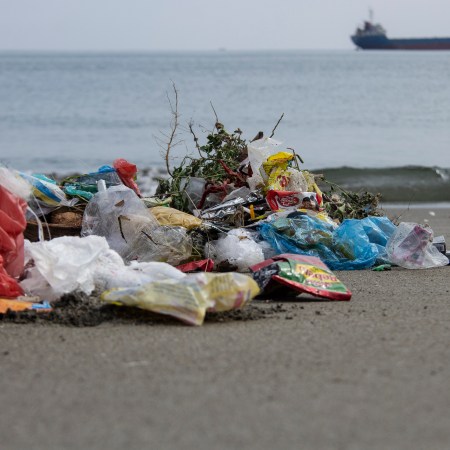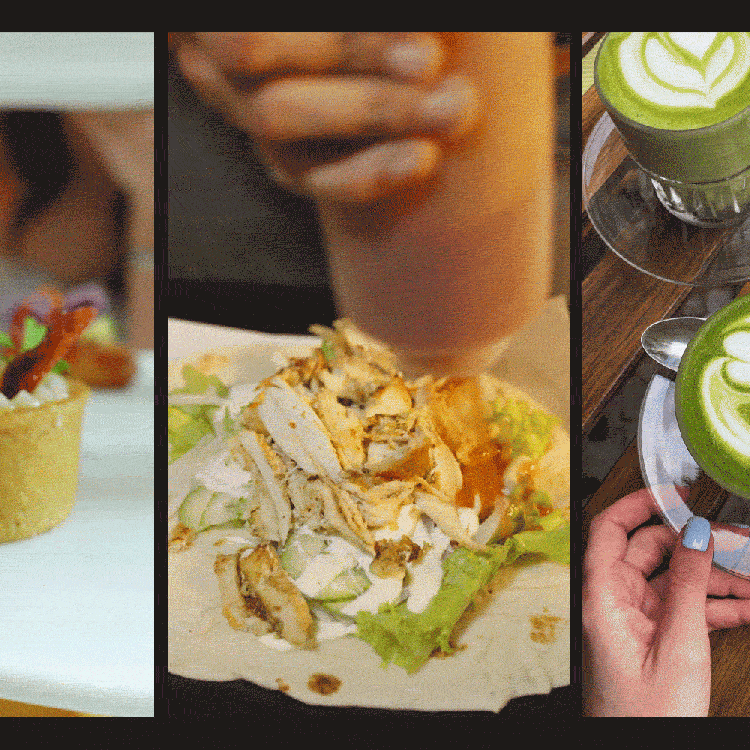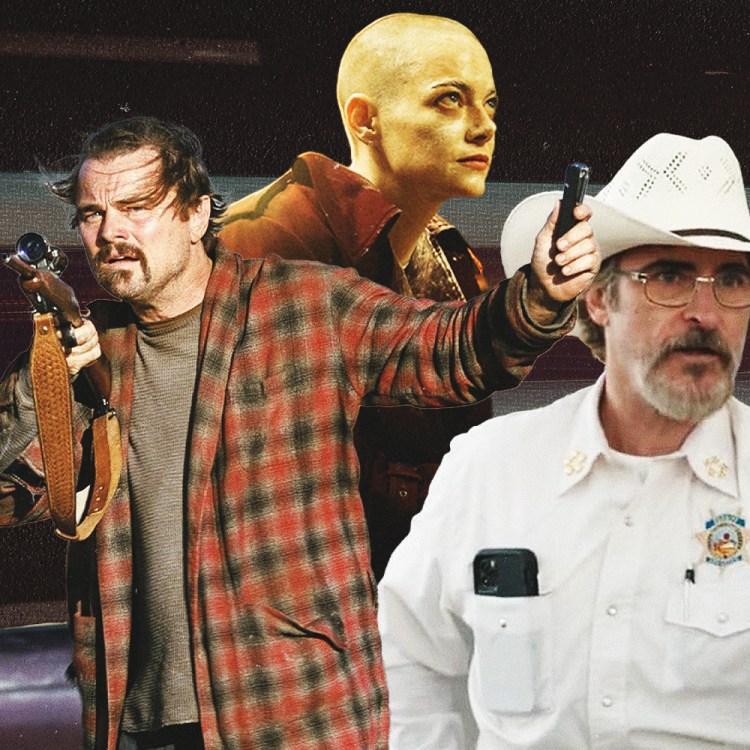As one of our great (albeit fictional) scientists once said, “Life finds a way.” Ian Malcolm was alluding to genetically engineered dinosaurs at the time, but his comments are just as applicable to something that’s become a symbol of humanity’s indifference towards the environment — the Great Pacific Garbage Patch.
It’s never an encouraging thing when there’s so much pollution in a given area that it has a formal name, but that’s an illustration of where things are today. In surreal news that could be grounds for optimism, it seems that some forms of marine life are adjusting to their current situation and making the best of an influx of plastic and other waste appearing in their ecosystem.
That’s one of the biggest takeaways from a recent article at The Atlantic by Sarah Zhang, who describes the Patch as “the site of an active experiment in biology.” What’s most intriguing, Zhang writes, is that this new ecosystem combines animals that live in the middle of the ocean with those that have historically dwelled in more coastal regions. And sometimes, as creatures that share the same ecosystem tend to do, they eat one another.
Billionaire Builds World’s Largest Yacht to Clean Up Ocean Trash
The 595-foot floating lab will be able to scoop up five tons of plastic a day.Zhang cites a recent study published in the journal Nature Ecology & Evolution. “It appears that coastal species persist now in the open ocean as a substantial component of a neopelagic community sustained by the vast and expanding sea of plastic debris,” the study’s authors write. It’s too early to say whether or not this is grounds for optimism — but it’s a fascinating way to see life adapting in unexpected ways.
Thanks for reading InsideHook. Sign up for our daily newsletter and be in the know.


















